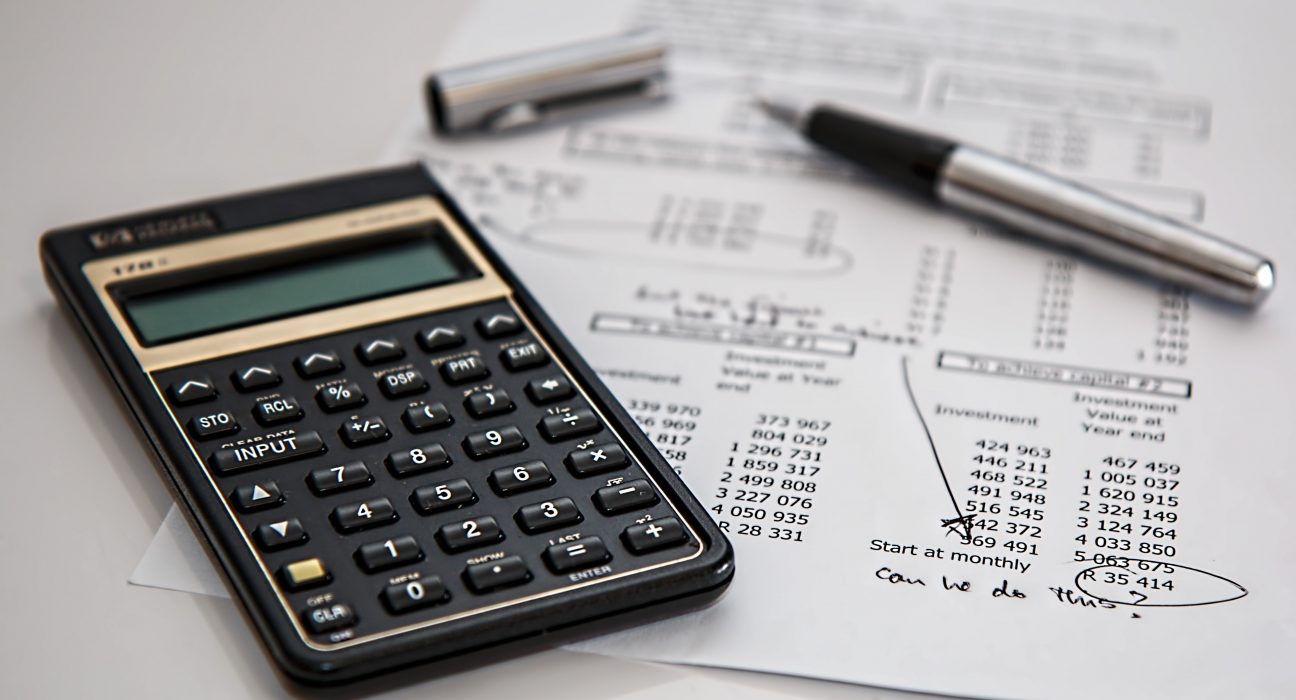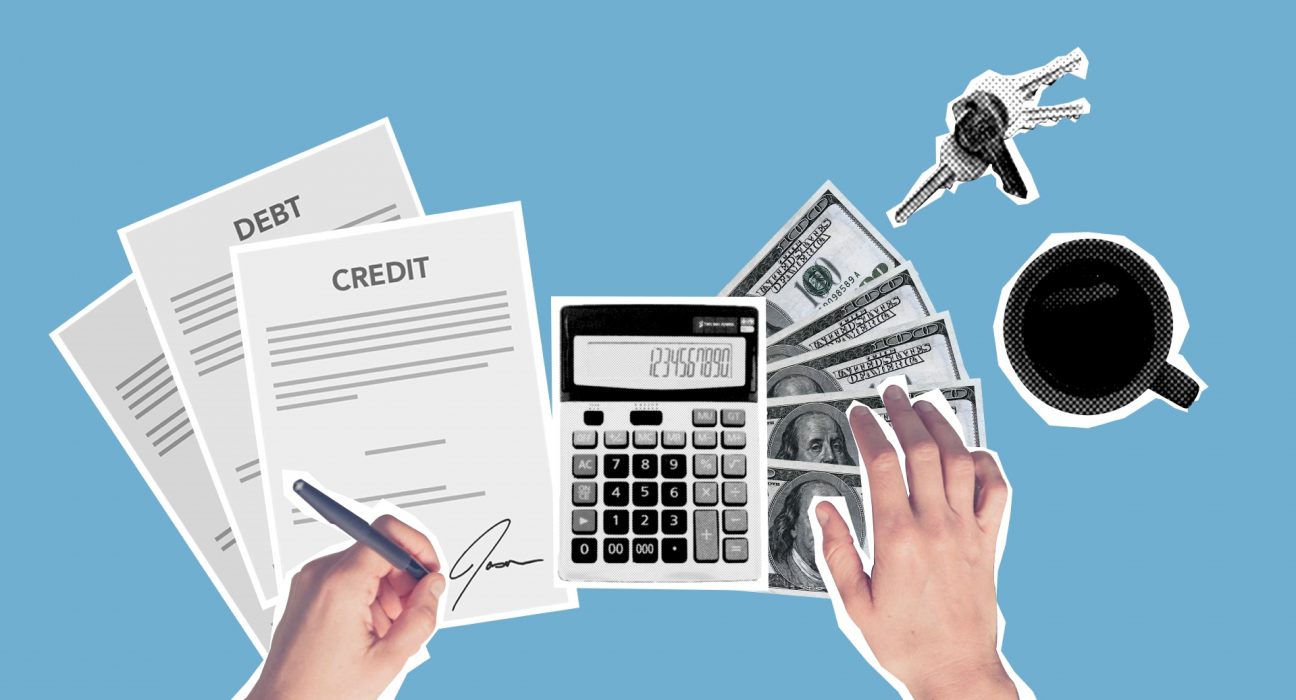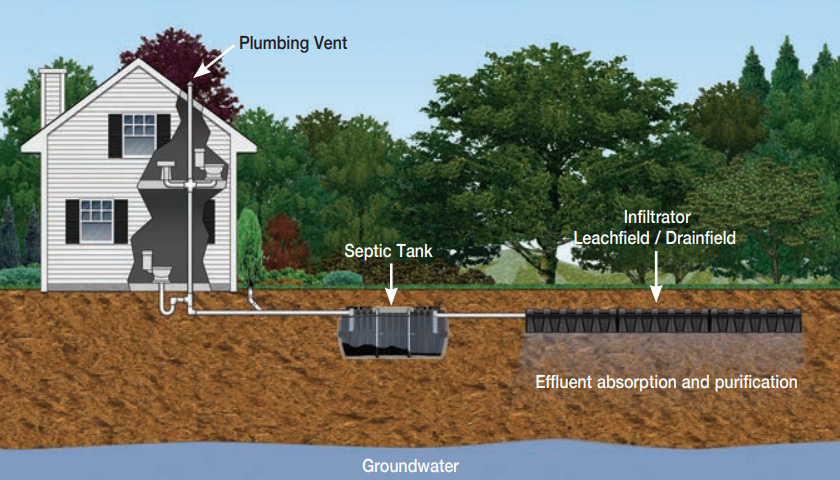Buydown interest rates? It goes without saying that purchasing a home is a costly endeavor. Obtaining a mortgage entails agreeing to pay for the privilege of borrowing money in addition to the purchase price of the home.
When you’re ready to apply for a loan, there is something you can do to make sure your mortgage payments are more reasonable in the future, in spite of that it could seem like you can only hope that interest rates are low, despite anticipated trends and rate hikes. You might get a cheaper interest rate on your mortgage by putting more money down up front.
An example of this type of financing is a mortgage buydown. Continue reading to find out what a buydown is, how it operates, and whether it is appropriate for you.
What exactly is a mortgage buydown?
By spending discount points at closing, a borrower can purchase a buydown in order to get a reduced interest rate. Discount points are an upfront one-time payment that are also known as mortgage points or prepaid interest points. Discount points result in a lower interest rate over the course of the loan.
In a different type of buydown, the points purchased at the start of the loan lower the interest rate for a specific period of time. The seller often holds money in escrow to cover the cost of this arrangement. The monthly mortgage payments for the borrower are more manageable because the interest rate is lower at this period.
The buydown approach can be a helpful strategy to guard yourself against rate spikes because 2022 is expected to see a continuation of the rise in mortgage rates. Once you’ve decided which loan choice is best for you, compare today’s rates to what average rates currently look like to see if the buydown strategy could help you save money.
Who can buydown interest rates?
Although a buydown is advantageous to the buyer (or borrower), the buyer isn’t usually the one who buys down the mortgage. Points can also be purchased by builders and sellers to lower the buyer’s interest rate.
Sellers
To encourage a buyer to buy their house, sellers may also offer to pay down the buyer’s mortgage. In these cases, as part of seller concessions, the seller will make the one-time payment and deposit it into an escrow account or pay for points over the course of the loan term.
This contribution, or subsidy, gives the lender the money it needs to reduce the buyer’s interest rate, making it easier for the buyer to repay their mortgage. But to offset this cost, particularly in a seller’s market, the seller frequently increases the price of their home by the amount of the subsidy.
Buyers
Most buydowns are agreed upon by both purchasers and lenders. Depending on the buydown structure, the new homeowners offer to pay a set number of points upfront in exchange for a lower interest rate, which makes their mortgage more manageable for a specific number of years or during the loan term.
Builders
Similar to sellers, builders may offer to pay points to reduce the mortgages of prospective buyers. These up-front payments are typically made by builders to persuade early customers to buy homes in their recently developed communities. The tendency of builders to provide this form of inducement typically decreases once their communities are established.
Here are the different kinds of buydowns
Buydowns can be set up in a variety of ways because they are negotiated. Lenders frequently employ the 1-0 buydown and the 2-1 buydown in addition to buydowns over the course of the loan. Less often, a 3-2-1 buydown is used. The concepts remain the same, nevertheless, regardless of the organization.
The lender will receive points from the buyer, seller, or builder at closing to cover the difference between the conventional interest rate and the reduced rate. Until the buydown expires, which typically happens after a few years, the buyer will benefit from the lower interest rate. All buydowns do not end. If so, the purchaser will be required to pay the normal interest rate for the remaining portion of the term, increasing their monthly mortgage payments.

1-0 Buydown
Right now, Rocket Mortgage® is providing their Inflation Buster. 1 Temporary 1-0 buydown is in place. This indicates that for the first year of the loan, your interest rate is 1% lower than your contract rate. Even better, it is free.
Here is what that might look like for a $400,000 loan amount over a 30-year fixed term at a 7% interest rate.
| Year | Interest Rate | Monthly Payment | Monthly Savings | Annual Savings |
| 1 | 6% | $2,398.21 | $263 | $3,156 |
| 2 – 30 | 7% | $2,661.21 | $0 | $0 |
2-1 Buydown
In addition, a 2-1 buydown offers a buyer a lower interest rate for the first two years of the loan’s term. The interest rate would be 2% lower with this plan in the first year and 1% lower in the second.
The buyer would be required to pay interest at a rate of 3% in the first year, 4% in the second year, and 5% from years 3 through 30 based on the preceding example of a $400,000 30-year loan with a standard interest rate of 5%.
| Year | Interest Rate | Monthly Payment | Monthly Savings | Annual Savings |
| 1 | 3% | $1,686.42 | $460.87 | $5,530.44 |
| 2 | 4% | $1,909.66 | $237.63 | $2,851.50 |
| 3 – 30 | 5% | $2,147.29 | $0 | $0 |
The entire cost of the 2-1 buydown should roughly be in the range of the $8,380 in interest savings that the buyer would otherwise incur.
3-2-1 Buydown
With a 3-2-1 buydown, a buyer can reduce their mortgage interest payments for the first three years after getting the loan. For each of the first three years, the interest rate is reduced by 1% by the upfront points payment.
Consider a buyer who wants to borrow $400,000 and is approved for a 5%, 30-year mortgage with full amortization. The buyer chooses to use a 3-2-1 buydown in order to lower their interest rate for the first three years. In this case, the buyer would pay 2% in the first year, 3% in the second year, and 4% in the third year, while the remaining 5% would be due from years 4 through 30.
See how the buydown might influence the buyer’s monthly mortgage payments by looking at the chart below.
| Year | Interest Rate | Monthly Payment | Monthly Savings | Annual Savings |
| 1 | 2% | $1,478.48 | $668.81 | $8,025.70 |
| 2 | 3% | $1,686.42 | $460.87 | $5,530.44 |
| 3 | 4% | $1,909.66 | $237.63 | $2,851.50 |
| 4 – 30 | 5% | $2,147.29 | $0 | $0 |
The cost of the buydown is often about equivalent to the amount the buyer would save in interest, even though the number of points paid for the buydown varies among lenders. In this instance, the buydown would have cost roughly $16,400.
lowering interest rates for the duration of the loan
In certain situations, a buyer might decide to buy enough discount points to lower their interest rate consistently over the course of the loan. The buyer protects their interest rate and thus their monthly mortgage payments from ever growing by paying an even higher amount upfront by securing a buydown loan.
The buyer would be expected to make a monthly mortgage payment of $2,147.29 for a zero-point loan, being a loan without any discount points applied, using the identical scenario as above. The buyer’s payments would be as follows if they choose to buy down the mortgage and pay 4% interest for the duration of the loan:
| Year | Interest Rate | Monthly Payment | Monthly Savings | Annual Savings |
| 1-30 | 4% | $1,909.66 | $237.63 | $2,851.50 |
The total cost of the buydown would be higher because the buyer would be cutting their interest payments for the duration of the loan, rather than just for the first two or three years. These buydowns typically cost between $16,000 and $20,000 (and save buyers about $85,550), but they only make sense for purchasers who intend to stay in the home for at least five years.
Remember that the type of mortgage you are qualified for will have a big impact on how much you can save in the first few years of the loan. Each type has a unique mortgage rate, which will have an impact on your monthly payment and ultimately your savings over the course of the year. Given this, it’s crucial to obtain approval and become familiar with the details of the loan terms before you think about a buydown.
When is a good time to buydown a mortgage?
When a seller or builder offers to pay the discount points on the buyer’s behalf without dramatically raising the price of the home, buydowns are at their most advantageous. However, there are some situations where mortgage buydowns are preferable if the buyer plans to pay the points themselves.
You must first have enough savings to cover a down payment and closing charges while still having a sizeable sum of money left over. If that’s the case, having lower payments in the initial years may be advantageous if you anticipate having a significantly greater income in the future.
For instance, a PhD student who anticipates doubling their income once they graduate would benefit from a buydown. If a stay-at-home parent intended to start working again a few years after receiving their loan, buying down a mortgage would also make sense in such case.
But keep in mind that buydowns are all about making a larger upfront payment in order to make a larger overall saving. Buydowns therefore only really make sense if the prospective buyer plans to keep the house for a considerable amount of time.
Know your break even point
Calculating the breakeven point is necessary to decide whether a buydown is beneficial. The breakeven point is the period of time it will take for the cost of the discount points needed to reduce your interest rate to be recovered. You multiply the monthly savings by the price of the discount points to arrive at the calculation.
Breakeven Point = (The Cost Of Points) ∕ (Monthly Savings)
Let’s look at a condensed illustration of how this would operate. You would first figure out the cost of the points if you were applying for a 30-year, $400,000 mortgage with a 5% interest rate and your lender charged you four points to lower your interest rate by 1%.
Given that each point is worth 1% of the entire cost, the overall expense would be $16,000. Your monthly mortgage payments would decrease from $2,147.29 to $1,909.66 if you paid 4% interest rather than the typical 5%. As a result, you would save $237.63 every month.
$237.63 divided by $16,000 yields 67.33, making 67 months the breakeven term. The money you would have to spend on discount points would therefore take you approximately 5 years, 7 months to recoup.
A buydown wouldn’t make sense for you as the buyer if you believe there’s a chance you’ll sell the house or refinance before the 67-month point. Instead, you should consider making extra payments because you can reduce your interest costs by paying off your mortgage sooner.
Buydown interest rates summary
Buydowns are only eligible when purchasing or refinancing primary residences and second homes. Buydowns are generally only permitted on fixed-rate mortgages used to purchase homes. Some states put limits on seller subsidies to prevent home prices from becoming overly inflated. There are also restrictions when it comes to federally funded programs.
In general, mortgage buydowns give buyers the option of permanently lowering their monthly mortgage payments or doing so during the initial years of their loan. Buyers can somewhat lower their loan rates by paying discount points at closing, which can result in long-term savings.
However, not all buyers should use buydowns. Calculate your breakeven point if you’re thinking of buying down your mortgage to make sure the time it will take to recoup the points you paid is worthwhile.




